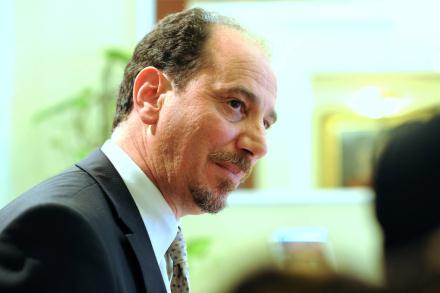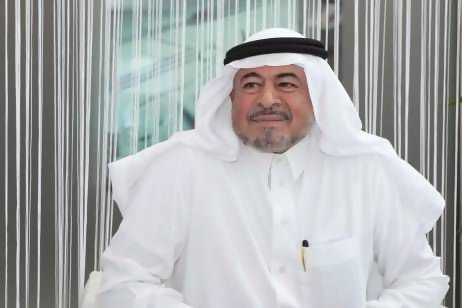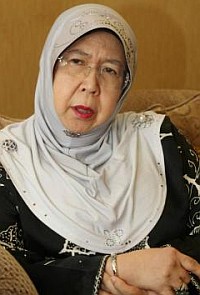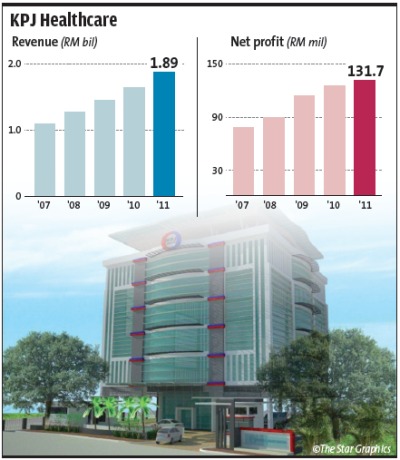New Delhi:
The ministry of tourism is working on an overdrive trying to match up with other nations that have a remarkable presence in the tourism sector. The man behind the mission is Dr Konidala Chiranjeevi, Federal Minister of State (Independent charge), Ministry of Tourism.
A highly successful Telugu film actor, Chiranjeevi is a member of the Rajya Sabha, whose focus is on niche tourism and he is working towards giving a makeover to the country’s image with his ‘Incredible India’ campaign.
Under the campaign, the ministry is organising road shows to woo foreign tourists through its offices in various countries. And within the country it is providing financial assistance to several states under the ‘Product Infrastructure Development for Destinations and Circuits’ Scheme.
The superstar-turned-politician informs, “We have even instituted a new category of award, which will be given to a state for its proactive role in promoting tourism.”
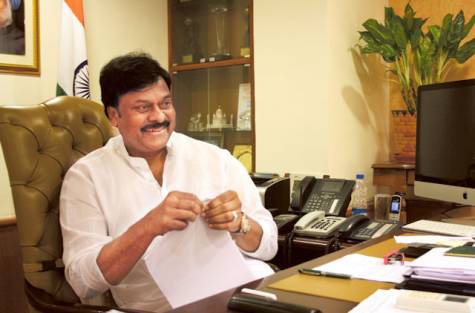
Image Credit: Nilima Pathak/Gulf News
Dr Konidala Chiranjeevi, the actor-turned politician, is focusing on niche tourism and is working towards giving a makeover to the country’s image with the ‘Incredible India’ campaign.
He speaks to Gulf News in an exclusive interview.
After about nine months of experience as tourism minister, what in your opinion are the best ways to promote tourism?
I believe that it is imperative to be interactive and be open to feedback from tourists of all genres – be it foreign tourists like backpackers and business-cum-leisure travellers or Indian tourists, some of whom take one holiday a year to unwind, along with family and friends. So, my mission is to see that everyone has a satisfactory experience, as the best tourism promotion is through word-of-mouth.
What grouse do travellers often have when they visit monuments and tourist spots in India?
While a lot of them go back with good memories, many also complain about unhygienic conditions and suggest we have better basic infrastructure facilities. One naturally feels elated to hear good things about the country. But I cannot forget the meeting with some tourists in Vietnam, when one of the members remarked that though places like Bodh Gaya are sacred and they would like to take home the soil around the shrine as a sign of reverence, people were using the area around it as a toilet! Believe me, it was so embarrassing to hear this.
So what is being done in this regard?
We are vigorously starting the ‘Clean India’ campaign. And to execute it effectively, I am connecting with chief ministers of various states to ensure cleanliness and hygiene practices at tourist destinations. The campaign has to be sustained through adoption and involvement of private and public sector stakeholders as a part of their corporate social responsibility (CSR). And already some organisations, including the Oil and Natural Gas Corporation, Indian Tourism Development Corporation and Sulabh International have come forward and taken up the cleanliness drive at places such as the Taj Mahal in Agra, Red Fort in Delhi, Mahabalipuram in Tamil Nadu and the river banks in Varanasi.
What steps are being taken to promote film tourism, especially after the success of Life of Pi, which was shot in southern India?
Since India offers a diversity of landscape and locations in different states, we are making it an appealing destination for production of both national and international films. In collaboration with the Ministry of Information and Broadcasting, we are initiating steps to have a ‘single window’ mechanism for filmmakers seeking permission to shoot feature films or short films in the country. This will mean that henceforth, filmmakers will not have to run around or wait endlessly to obtain clearance from various departments. Also, to develop synergy between tourism and global and Indian film industry, we are promoting cinema as a brand of ‘Incredible India’ campaign at various national and international forums.
Recently, India extended ‘Visa on Arrival’ facilities to various countries. What is the status on China, which sends around 150,000 tourists to India annually, including many pilgrims to the Buddhist regions?
We extended this facility to Singapore, New Zealand, Luxemburg, Japan, Finland, Cambodia, Vietnam, Laos, Philippines, Indonesia and Myanmar and extension of the same facility to other countries is an ongoing process. Based on travel trends, world tourism scenario and security concerns, we are studying on extending the scheme to China as well. We understand that China is a primary tourism generating market and regular promotions are being done to tap tourists from this region.
India is well known for its ‘medical tourism’, but how about promoting it also as ‘wellness tourism’ destination, in association with practitioners of alternative medicine therapies, as traditionally, that India’s forte?
I agree that ‘wellness tourism’ holds immense potential for India. Our systems of medicine, namely, ayurveda, yoga, panchkarma and rejuvenation therapies are among the most ancient systems of medical treatment in the world. The increased stress levels and mundane lifestyles in many developed nations are driving people to seek inner peace. And the spiritual heritage of our country including meditation techniques is a rage among travellers seeking solace. With this view in mind, recently, a national level consultant was appointed to identify some spiritual tourism locales, including the Sufi circuit, for integrated development and promotion of spiritual destinations.
Any plans of promoting inbound tourism with an eye on smaller destinations that are absolutely incredible, but lesser known?
Considering that the tourism sector has endless potential, we are hastily taking up several campaigns. The two newly introduced campaigns are — ‘Find what you Feel’ and ‘Go Beyond’. The first one emphasizes the fact that tourists from the world over can find the destination or product of their choice in India including – heritage monuments, mountains, rivers, beaches, flora and fauna, cultural hubs, pilgrim centres, adventure parks and exotic cuisines from different states. And the second campaign promotes lesser-known destinations, which are situated on the periphery of the established tourist spots in the country. For this, we are working towards easy connectivity and better infrastructure facilities. My target is to make India at par with other international tourist hubs and at the same time provide greater consumer satisfaction to the tourists.
source: http://www.gulfnews.com / GulfNews.com / Home> News> World> India / by Nilima Pathak, Correspondent / July 15th, 2013

